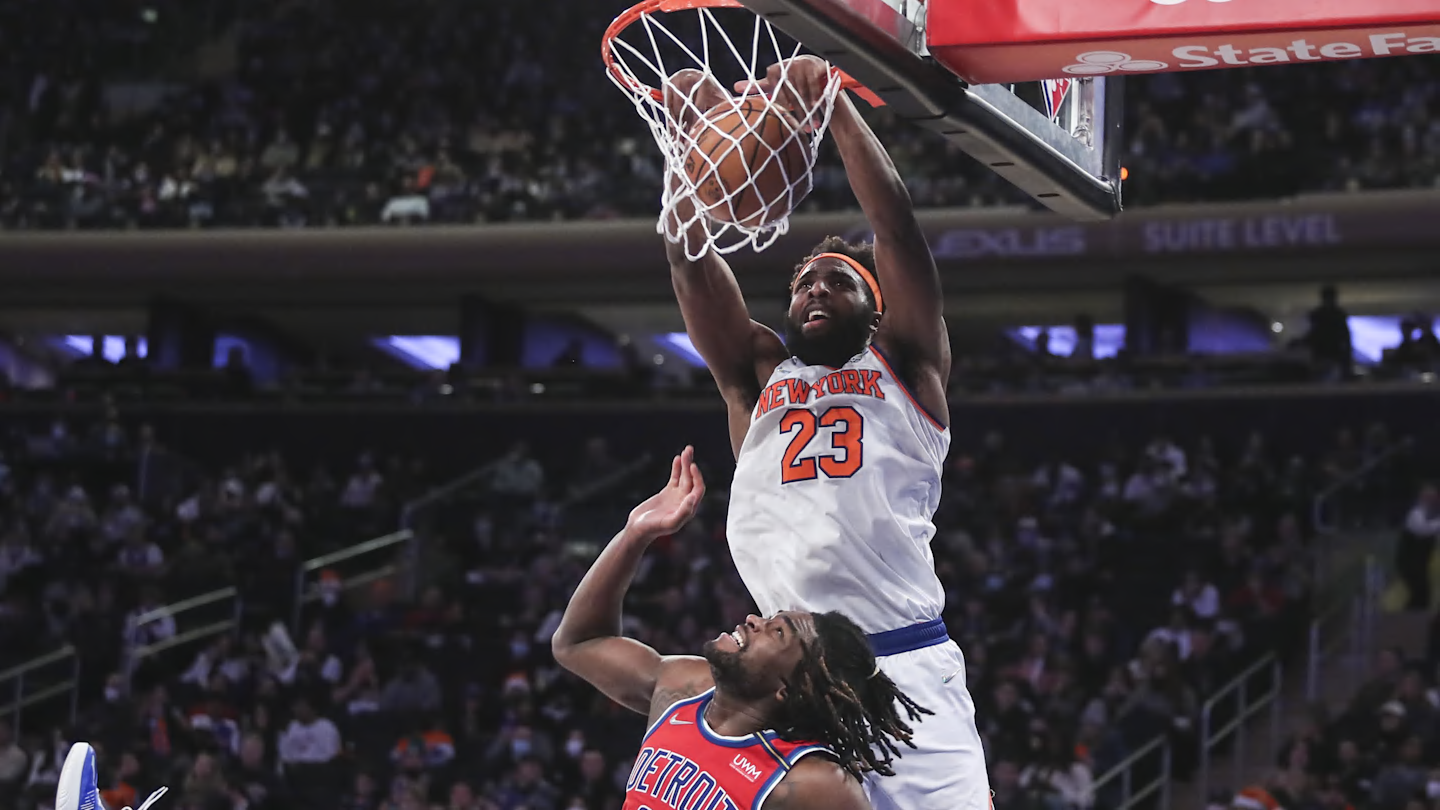Sports
David Stearns has difficult trade deadline questions to answer with Mets’ system stocked

ARLINGTON, Texas — The last time the Mets went for it by using a significant prospect they included pitcher J.T. Ginn to land Chris Bassitt from the A’s during spring training in 2022.
The last time the Mets went for it at the trade deadline was July 30, 2021, when they acquired Javy Baez and Trevor Williams from the Cubs for center fielder Pete Crow-Armstrong, who like Ginn at the time of his trade was the organization’s fifth-ranked prospect by MLB.com.
Even in making multiple small swaps at the 2022 trade deadline, the contending Mets already were fully into protecting the best of their system, moving just low-level prospects. Last July, namely David Robertson, Max Scherzer and Justin Verlander were dealt for prospects. And with the onset of more additions through the draft Sunday night, the Mets have basically been in a buildup mode with their system for two calendar years.
The consensus is that this has put the Mets’ system on an upward trajectory, with one scout pinpointing, “I would not say they have waves of pitching coming at every level, but it is getting a lot closer to that.”
Thus, the Mets have the collateral to improve the major league roster. Now, how far is David Stearns, in his first season, willing to go? The Mets have surged into playoff position at the break, but remain part of a cluttered NL wild-card picture. To date, Stearns has worked not to jam up future payroll while continuing to protect the system. But he also has insisted that making the playoffs this year is the expectation.
Stearns used Steve Cohen’s money to win on valuable short-term contracts with Harrison Bader, Sean Manaea and Luis Severino, and also recently in taking on the contract (and tax) associated with acquiring Phil Maton to address the No. 1 area of need, the bullpen.
Stearns understands how quickly matters can change. Opposing executives say not long ago, when the Mets were struggling, Stearns was a willing listener on just about his whole bullpen, including Reed Garrett, who at the time was performing the best. It also does not take an archivist to remember that the Mets were in first place by four games when they obtained Baez and went 22-37 thereafter to fall out of the playoffs altogether.
That would be the dread scenario for Stearns — go for it, give up future chips in a year in which he was trying to shield those items and learn that the surge of the past six weeks was aberrational.
This suggests Stearns will be cautious, particularly because he knows the Phillies are not catchable in the NL East. So the Mets’ entry can peak as host of a best two-of-three wild-card series. Still, that has great value for a team that has made the playoffs only three times in the past 17 seasons. Yet it does not scream go all out. Instead, it puts the Mets in a bucket with many clubs. It is why one of the most repeated phrases heard this July is that an organization was preparing to buy or sell. And, more than ever, many suggested the potential needle threading of buying and selling.
I think that is where the Mets are. A big losing streak in the next 10 days might still get them to play the totally future game by moving Bader, Manaea, Severino and, who knows, maybe make Pete Alonso available. But the NL’s best record since June 2 makes that a harder sell — literally.
The Mets plan to go to a six-man rotation when Kodai Senga returns and there are real internal questions about how close to his impressive 2023 the righty will be. But could the Mets, for example, believe that Senga, Manaea, Severino, Christian Scott, Tylor Megill, David Peterson and Jose Butto offer enough depth — with perhaps Brandon Sproat as further insurance — to see if a contender in need of rotation help might play for Jose Quintana? Or have Scott, Sproat and others pushing up given the Mets leeway to move Megill or Peterson?
The other sell question revolves around Brett Baty. Has the emergence of Mark Vientos and the 2025 return of Ronny Mauricio made him expendable? Baty’s prospect pedigree and the hunger for bats around the sport still means the Mets can get a return of substance despite Baty’s major league struggles.
But the Mets have had Baty dabbling at second base in Triple-A and might not be ready to move yet in a year when their positional prospects have not been as good as the pitching because of sustained injuries to Mauricio, Drew Gilbert, Jacob Reimer, Marco Vargas and Jett Williams, and the lack of strong progress from their last two first-round picks — Kevin Parada and Colin Houck — plus Luisangel Acuna (the return for Scherzer).
Stearns’ history in Milwaukee was to improve pens as the season progressed and maybe that is happening with Butto and Dedniel Nunez expanding responsibilities. But a serious contender would still go get one or two more, and perhaps a corner-outfield bat — at minimum. And talent evaluators say the Mets have the ammo for that.
Over the next two-plus weeks, Stearns will show how much appetite the Mets have for this path.










